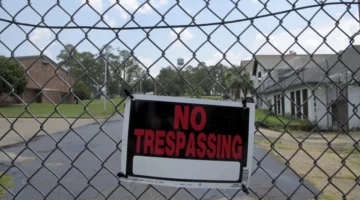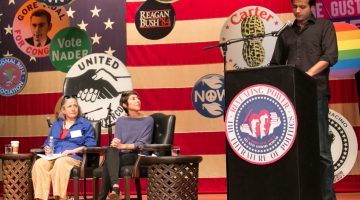History One Apparently Never Learns At School Part II
By C.S Gilbert
The 1848 Seneca Falls Convention passed a Declaration of Sentiments, based on the Declaration of Independence, “listing 18 grievances and 11 resolutions demanding the recognition of women as equal members of society.” The most controversial of resolutions was the ninth, which argued for “elective franchise.”
Even convention co-organizer Lucretia Mott thought asking for the vote was going too far. Cady Stanton, however, “the daughter of a lawyer and judge, (who) studied law in her father’s offices . . . saw clearly that the power to make the laws was the right through which all other rights could be secured,” and she prevailed.
“Press coverage was surprisingly broad and generally venomous, particularly on the subject of female suffrage.” A Philadelphia paper declared that no lady would want to vote: “A woman is nobody. A wife is everything.” Almost all press agreed. However, “Cady Stanton saw opportunity in public criticism. ‘Imagine the publicity given our ideas . . . !’ she wrote to Mott. ‘It will start women thinking, and men, too.’”
People may have started thinking but such ridicule and criticism put the damper on action. “(H)arbingers of dissent within different factions” appeared at their national convention in 1860, the last before “the Civil War, when woman’s rights activism largely ceased.” Wikipedia reports the movement re-emerged, unified, in 1866 as the American Equal Rights Association (AERA). But
strategic differences — primarily in response to post-war enfranchisement of only black men — quickly split AERA into opposing camps: The National Woman’s Suffrage Association and the smaller American Women’s Suffrage Association.
There is little space in a mere column to detail the political machinations from May 15, 1869, when NWSA (National) was founded, to March 3, 1913. In brief, “In the summer of 1876, the nation celebrated its Centennial with a highly anticipated exposition inPhiladelphia.” National basically crashed the party uninvited. Susan B. Anthony spoke. At their January 1877 convention, they drafted a federal amendment calling for woman suffrage, written by Elizabeth Cady Stanton, that was introduced to the Legislature annually” but went nowhere. Suffice to say that with the deaths of the Seneca Falls veterans, a new generation rose to leadership; foremost among them was Alice Paul.
Paul and her followers saw immediately that it would take radical action to kick-start the almost stalled campaign and organized The Great Woman Suffrage March of March 3, 1913, to coincide with Woodrow Wilson’s first Inauguration. It “included 10 bands, 5 mounted brigades, 26 floats, and around 8,000 marchers, including many notables . . . After a good beginning, the marchers encountered crowds, mostly male, on the street that should have been cleared for the parade. They were jeered and harassed while attempting to squeeze by the scoffing crowds, and the police were sometimes of little help, or even participated in the harassment.. . Over 200 people were treated for injuries at local hospitals.” Press coverage was more sympathetic; the action was a success.
But soon the activists, then a committee of National, were ejected for insisting on ever more drastic tactics. Accounts vary, but in 1917, Paul, veteran of the militant British suffragettes, and supporters, believing President Wilson had reneged on a pledge to support them, began a 24/7 picket of the White House. Many women “were arrested for picketing, for demonstrating, for writing in chalk on the sidewalk outside the White House, and other related offenses.” In prison, following the British example, some went on hunger strikes and officials responded with brutal force-feedings. Paul herself and close colleague Lucy Burns suffered this fate. “Their efforts succeeded in keeping the issue in the public eye. The more conservative NAWSA also remained active in working for suffrage. The effect of all the efforts bore fruit.”
Reports Historynet.com, “Victory on the voting rights issue came in the wake of World War I. Impressed by the suffragists’ participation in the war effort, Congress passed what came to be known as the ‘Susan B. Anthony Amendment’ in 1919.”
I would beg to differ. It was less WW I than the bravery and suffering of Alice Paul and the scores of other women beaten, imprisoned and force fed, when leaked to the press and broadcast to the nation, that changed the minds and hearts of legislators and their constituents who had been totally opposed to women voting. Passed by Congress, the 19th Amendment was ratified by the last necessary state, Tennessee, on Aug. 26, 1920.
And wherever credit is due, says Historynet, 72 years after Seneca Falls, on “Nov. 2, 1920, 91-year-old Charlotte Woodward Pierce went to the polls in Philadelphia, the only signer of the Seneca Falls Declaration who lived long enough to cast her ballot in a presidential election.”
TO BE CONTINUED: The Aftermath and onward to the ERA.
That’s all for now. Gotta fly!
[livemarket market_name="KONK Life LiveMarket" limit=3 category=“” show_signup=0 show_more=0]




No Comment